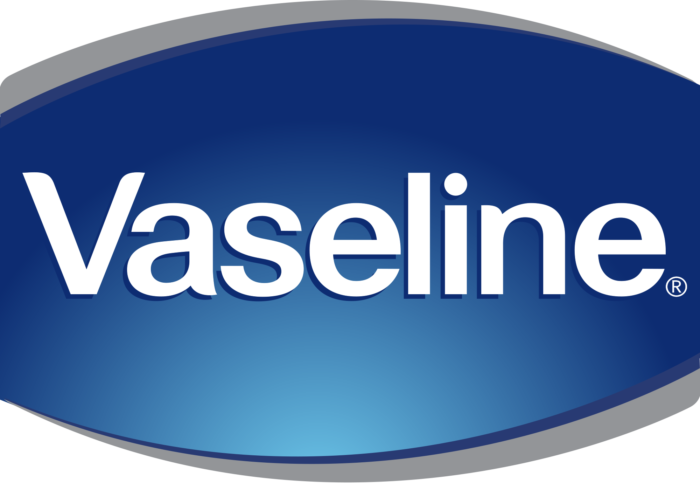My dog ate Vaseline! Is it safe? Can dogs eat Vaseline? We know the right answers.
Summary: The upshot is that if your dog ate a small quantity of Vaseline, it might not cause any harm. Nevertheless, it would be best if you got in touch with a vet for peace of mind.
If you need more details, you can find them in the text below.

Like children, dogs and puppies tend to lay their hands on things that should be out of bounds for them. And once they do, their instinct is to start exploring the items by chewing on them. In this context, it’d be pertinent to ask that if a dog chances upon a pot of Vaseline and polishes it off, will it be harmful.
To put it briefly, can dogs eat Vaseline? Is petroleum jelly safe for the canine in case he has ingested it accidentally? By and large, Vaseline is non-toxic and comes in handy for treating minor wounds, skin rashes, and cracked paws.
And don’t worry, even if your dog consumes a small quantity of petroleum jelly. Ingesting Vaseline in small amounts could lead to vomiting.
So, Can Dogs Eat Vaseline? Is Vaseline Safe to Dogs?
Don’t worry if your dog consumes a small quantity of petroleum jelly. Ingesting Vaseline in small amounts could lead to vomiting and gastrointestinal issues like diarrhea in the worst possible case scenario. These side-effects could aggravate if the pet devours an excessive amount of petroleum jelly, which is a powerful laxative.
As per the ASPCA (American Society for Prevention of Cruelty to Animals), dogs consuming Vaseline will tend to remain harmless. However, inhalation of the product consistently could lead to pneumonia. Dogs and pups are in the habit of licking their coats frequently to keep their skin clean and bacteria-free.
So, if you’ve applied petroleum jelly therapeutically on your pet pup’s coat, he may consume it while licking the coat. That could cause diarrheic and vomiting spells in the next few hours. Vaseline has traditionally been used as a topical ointment or cream for healing nasal hyperkeratosis, cracked paws, and moisturizing dry skin.
Petroleum jelly can offer protection from fecal and urinary blisters caused by diarrhea or incontinence. Vaseline could go a long way in dealing effectively with immunological skin disorders, including pemphigus and lupus.
Effects of Eating Vaseline
Your canine friend could develop a weakness for petroleum jelly in the long run.
You’d be better off blending some cayenne pepper with Vaseline for discouraging your pet from chewing on furniture and shoes. Consuming petroleum jelly could have a laxative effect on the canine.
The understanding of the laxative effect will depend upon the dog’s weight, size, and breed. More often than not, you can use Vaseline to keep the abdomen well lubricated and clear gastrointestinal blockage. Petroleum jelly helps eliminate the object blocking the gastrointestinal tract and passes out through the feces.
However, never use Vaseline for clearing objects having sharp edges as using the same could cause an intestinal tear. To stay on the safe side, contact your vet if you find that your pet has eaten petroleum jelly. Furthermore, to expedite the passage of Vaseline through the dog’s system, offer less quantity of food than you usually do.
Also, make sure you store Vaseline in a place that the same is entirely out of his reach.
Conclusion: Is Vaseline Safe for Dogs?
The upshot is that in case your pet dog consumes Vaseline, it may not cause any harm. Nevertheless, it would help if you got in touch with a vet for peace of mind.